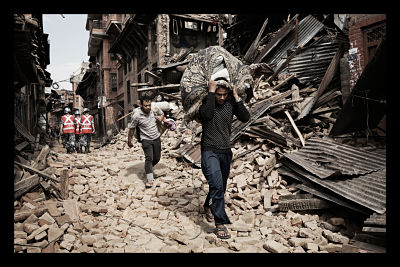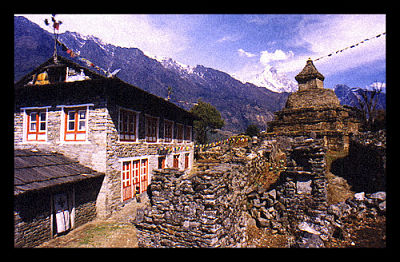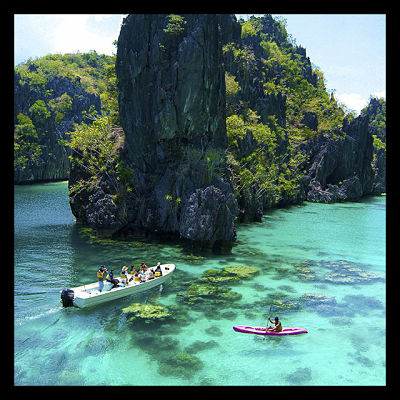 It is thought to be an admirable and charitable act to engage in orphanage tourism in Southeast Asia. Those who hear of the desperate plight of children are often inspired to help.
It is thought to be an admirable and charitable act to engage in orphanage tourism in Southeast Asia. Those who hear of the desperate plight of children are often inspired to help.
A collection of orphanages allows tourists to come and view the children, a practice known as orphanage tourism. This type of tourism is contributing to the well-being of the tourism industry, albeit as “pet-an-orphan” type entertainment. Poverty-stricken children are often the subject of endless attention from tourists, and the attention is damaging.
Even with the increased traffic to these homes, one thing remains: children who live in orphanages still live in poverty. Orphanages have become a financially lucrative business.
Upon seeing advertisements, tourists may opt to participate in pre-arranged tours to visit either a few different orphanages or one specific orphanage. These tours are often booked through intermediates: hotels, taxicab drivers, tour companies and even at airports. In addition, those affiliated with the orphanages can be seen waving signs on the street that say “visit our orphanage.” Some are seen dragging “sample” children throughout the streets of tourist-filled bars. At night, they attempt to illicit business for the following day. Some tours are straightforward about the fee, while others advertise free orphanage dance shows, yet demand donations.
The orphanages typically charge an entry fee or a mandatory minimum donation which is collected by the tour company. Visitors have the option to bring gifts for the children they especially like. Prior arrangements are made between the tour company and each separate orphanage to receive a certain price per tourist. There are no visitor restriction policies that pre-screen individuals on the tours.
The ability to pay becomes the only requirement that needs to be met, despite the industry standard requiring background checks on all orphanage visitors in most countries prior to any contact with the children. Usually, unethical orphanages are hidden fronts for child abuse and child sex-trafficking. An orphanage that does not require a background check for a tourist prior to interacting with the children places the children directly at-risk.
Most of the children in the orphanages are not orphans. Countries, where malnutrition is rife amongst the population, have many parents who do not earn an income that will enable them to support themselves or their families. Desperate parents renting or selling their children to orphanages is a growing epidemic throughout Southeast Asia. In addition, research indicates that some parents are not suffering from extreme poverty yet still choose to sell their kids, treating their children like materials goods. This year in China, a father of three sold his sons for 30,000 yuan, or $4,797. He arranged the potential buyers before the children were even born.
Orphanage tourism is cruel, not compassionate, to the children. The children of these orphanages are economically exploited and vulnerable children are precious only because of their economic value.
– Erika Wright
Sources: Born to Bunk, China Daily, Huffington Post, CNN
Photo: Flickr




